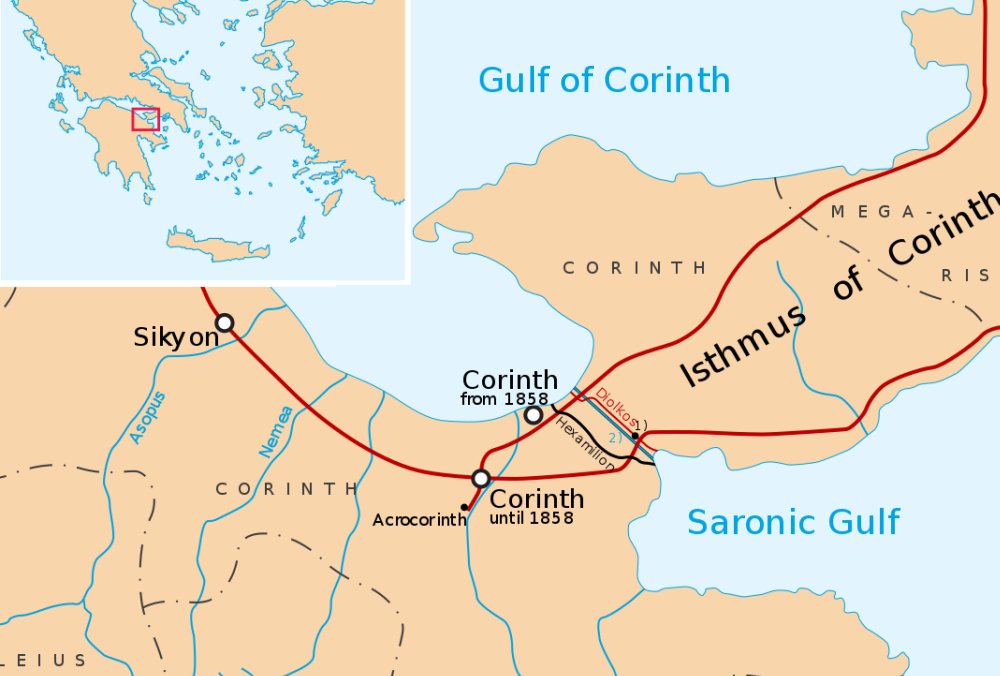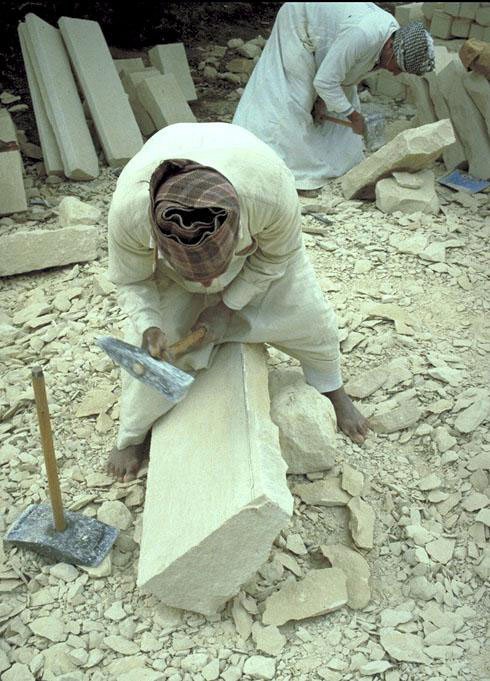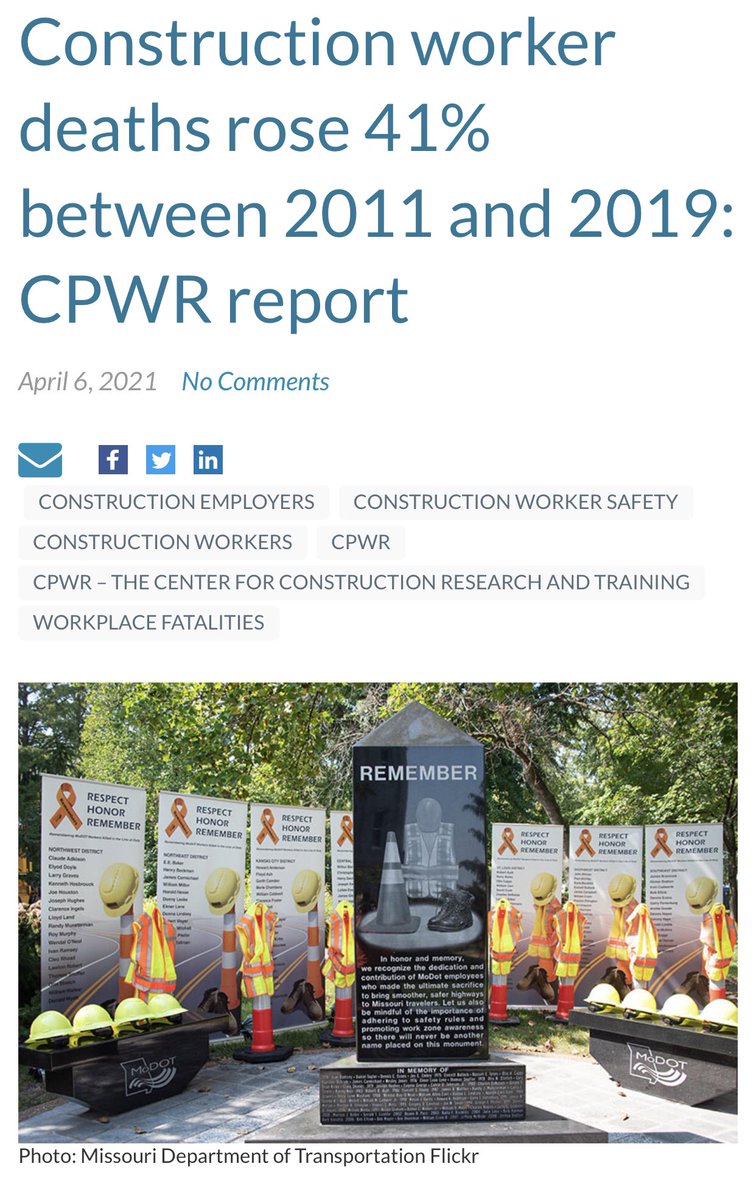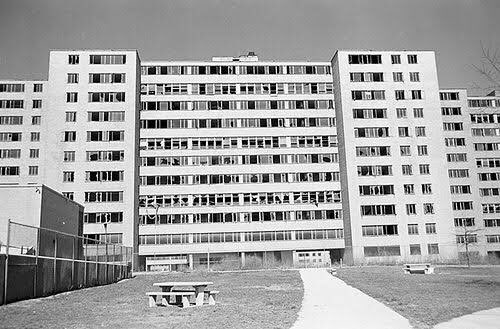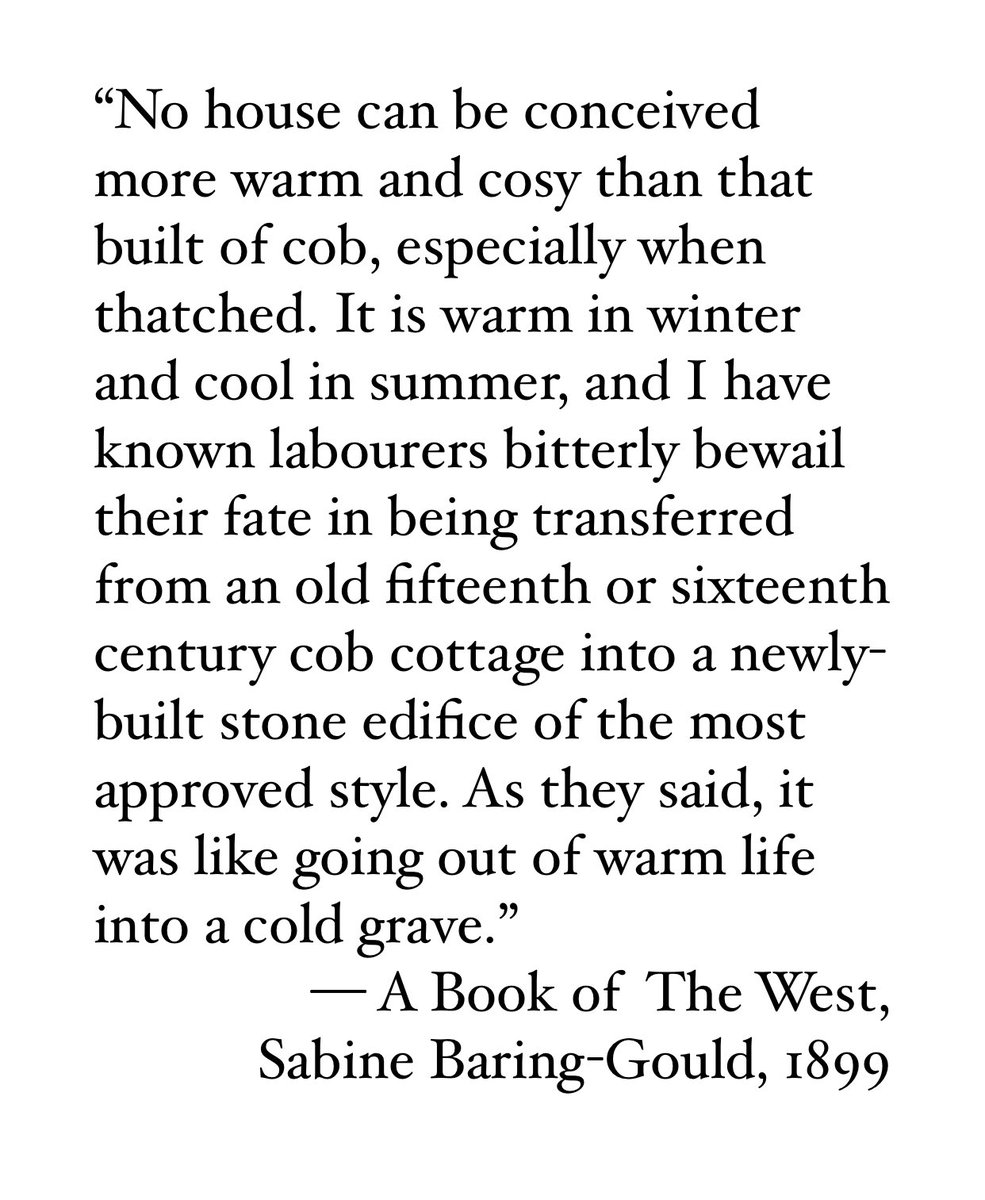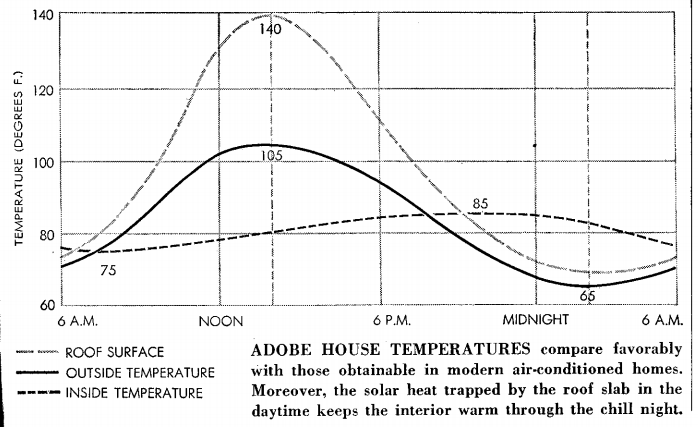
A lot of the things that we now like to blame on climate change is really the result of local human actions. For example, the coastal erosion that is plaguing the beautiful Mersea Island (population 6,925) on the coast of Essex, England. Is all coastal erosion really inevitable? 

For politicians, "climate change" is a godsend: nothing can be done, no blame can be laid, and no need to investigate further. If action is called for, it comes in the form of a concrete shield that doesn't work and only makes things worse. Meanwhile, the land is disappearing. 







In reality, coastal erosion turned out to have human origins: "In the 1920s, Mersea was surrounded by vast, richly biodiverse marshlands. These mudbanks supported meadows of seagrass like eelgrass that played a vital role in reducing the impact of wave energy on the marshland." 

...when industrial farming started in the 1940s, "the use of fertilizer on farmlands in the post-war years polluted the Thames estuary, negatively impacting seagrasses on the foreshore. As the grasses died, the mudbanks became unstable and coastal erosion increased." 

And in the 1960s, the last line of defence was decimated: the oyster beds were killed by chemical pollution: "tributyltin, a new anti-fouling paint used on boat hulls, polluted the water further, threatening the dwindling numbers of native oysters and other shellfish." 

Figuring these things out isn't easy. In the case of Mersea it was the heroic efforts of local volunteers and citizen action groups putting in million of hours of unpaid work over decades to document the changes to the estuary causing the coastal erosion. 

All these things, industrial farming, protecting boat hulls from fouling with clever chemicals, placing concrete barriers (that end up accelerating erosion) might all make sense on their own, championed by experts, but there is no one who is tasked with taking in the big picture. 







To start local governments need to task local organizations and citizens, scientists, etc. with finding out what is causing problems, and then delegate power (decentralize, principle of subsidiarity) to local groups to come up with ways to implement changes where-ever possible... 

...second, a "path of appeals" must be created, where the smallest entity/person/group can appeal to any level of authority to address problems that originate outside of their own place/area of responsibility, more like the Middle Ages courts, less Brussels.
• • •
Missing some Tweet in this thread? You can try to
force a refresh








